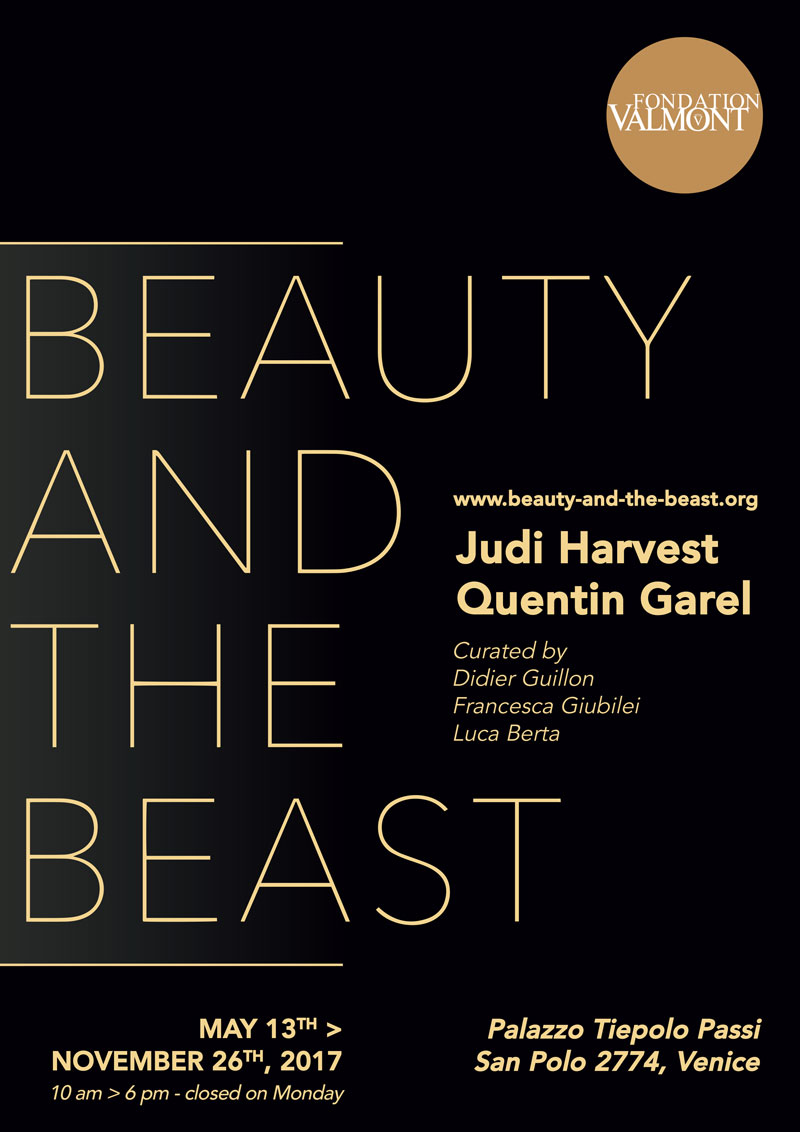The contemporary art exhibition “Beauty and the Beast” will be shown in the context of the 2017 Venice Biennale at Palazzo Tiepolo Passi, a magnificent 16th century palace overlooking the Grand Canal, from May 13th to November 26th 2017.
Inspired by the famous fairy tale, the exhibition will present works by Judi Harvest and Quentin Garel in a narrative framework that speaks of the fate of mankind.
Beauty and the Beast aims to address a highly topical and very important subject: the relationship established by human beings with the rest of nature.
The powerful works of Quentin Garel (drawings and wooden or bronze sculptures of wild animals and fossil skeletons of prehistoric creatures) embody man in the form of the Beast, which simultaneously alludes to two aspects: on one hand the inseparable and ancestral kinship which connects us to other species, and on the other the loss of the “humanity” of our race. Mankind, essentially comprising generous beings who want to be loved by other living creatures, is caught in an evil spell, the desire of power, and whose aim is to confront nature to its goals, opening up the road to its destruction, which turns out to be self-destruction.
The extraordinary works created by Judi Harvest represent the kingdom of bees, and embody the Beauty of nature as a cooperative and balanced relationship, but at the same time fragile and wonderful. Bees are nature's messengers, the environment's antennas. The life of bees and our own depend on their incredible work, which determines the existence and proliferation of a huge number of plants. A large part of our day-to-day survival is linked to pollination by bees: our food, about one bite in every three of the food we eat, or our clothes, such as in the case of cotton for textiles.
The “Beauty and the Beast” exhibition explores the themes of love and redemption, presenting the encounter between Man/Beast and Bees/the Beauty of Nature. The harmonious and positive example of bees could break the spell that human beings are under, but will the message only be strong enough once the danger of extinction is irreversible, getting through only at the point of their sacrifice? Will it be an irreversible catastrophe for the human race too?
The exhibition route will be set out in a Y-shape. In the first room on the main floor of Palazzo Tiepolo Passi, visitors will come face to face with Quentin Garel's large sculptures, representing the Beast, which all human beings can identify with to some extent.
Moving to the second room, which represents the intersection of the Y, the visitors will assist to the meeting between Garel's ape sculpture (gorilla with its deeply human eyes, beyond any "beastliness") and a work of Harvest, inspired by bees and their hives. An exchange of looks in the Venice sunlight filtering through the windows overlooking the Grand Canal.
The two next rooms, one on the left and one on the right, represent the different outcomes of the dialogue between man and nature. By going left, visitors can enjoy the positive development of the relationship. A world of potential harmony and extraordinary beauty embodied by the works of Harvest, including a special installation with hundreds of different seeds made from Murano glass using three different production techniques. To the right, visitors can instead witness the continuation of the evil spell, which will lead to an uncontrolled manipulation of nature by man (Garel's two-headed calf). Harvest's honey jars will be displayed in a setting reminiscent of the enchanted forest found in many fairy tales, with branches almost enveloping the artworks like grabbing hands. But the vases will stand as symbolic time capsules, free to carry beauty and hope into the future.
By adopting a narrative paradigm, the "Beauty and the Beast" exhibition is intended first of all to be understandable and enjoyable for an audience of any age, including children. Through multiple levels of interpretation, the exhibition transcends art itself and aims to offer a conceptual, artistic and visual experience of an important topic for the future of the human race.
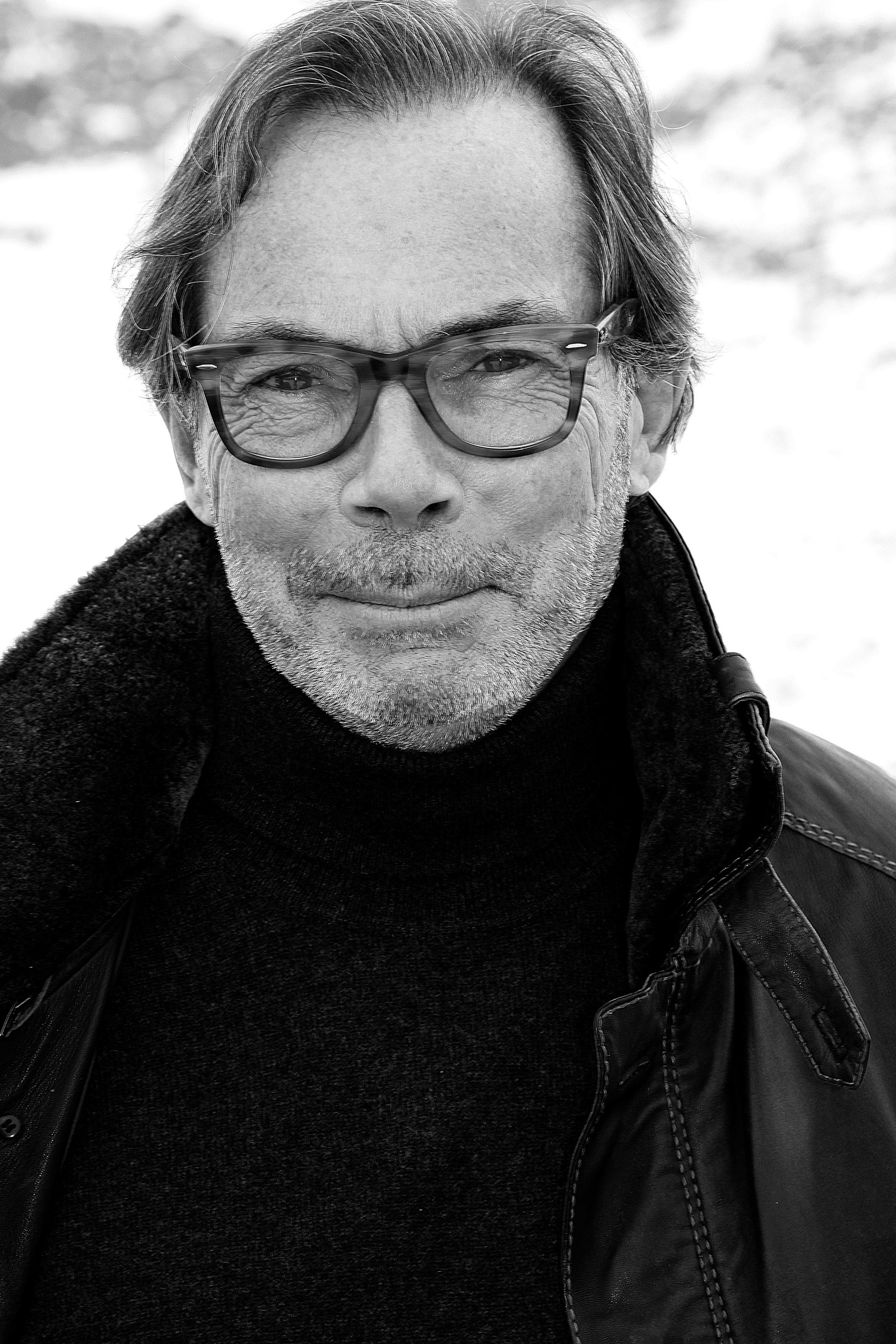
Art is something that is handed down within the Guillon family. A worthy successor in a long line of art collectors, aesthetes and patrons, Didier Guillon continues the family tradition through the Fondation Valmont, the 4th pillar of Valmont Group dedicated to contemporary art. It began with Charles Sedelmeyer, father of his great-grandmother, a notorious art dealer on the Parisian scene at the end of the 19th and beginning of the 20th century. Another Guillon family art figure is Stanislas Lami, Didier Guillon's great-grandfather and sculptor. Immersed in this world where rarity and beauty reign, Didier Guillon very quickly developed a honed taste for art. His artistic sensibility was fed and forged through visits to art galleries, artists' workshops and exhibitions, which he attended as a child at his grandfather's side. It is a passion that runs like a thread through his life, and a torch that Didier Guillon has himself passed on to his three children, Capucine, Maxence and Valentine.
This true commitment to creation is now embodied by the Fondation Valmont, the 4th pillar of Valmont Group, an entity in its own right dedicated to collecting works of art and discovering new talent. More than 200 works of art, almost thirty artists and as many talents have been unearthed and supported by the Fondation Valmont. During exhibitions that take place across the globe, Didier Guillon questions mainstream art circuits, tears up the rulebook and assumes the role of curator to reveal and defend a new art scene.
Francesca Giubilei is an independent art curator and creator of cultural initiatives. In 2015, she curated the “Within Light / Inside Glass. An intersection between art and science” exhibition, initially shown at the Institute of Sciences, Literature and Arts in Veneto and then at the Millennium Foundation in Lisbon.
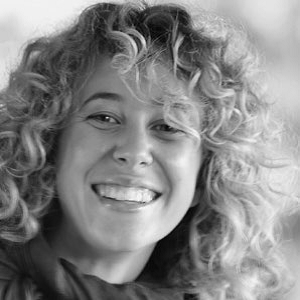
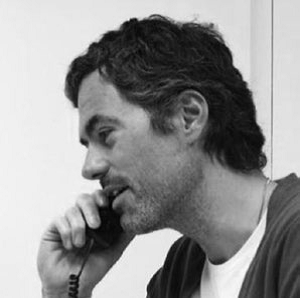
Luca Berta, PhD, is the author of scientific publications in international journals and of various books on art, aesthetics and the philosophy of mind, including “In Bed with Mona Lisa. Contemporary Art for Commuters and Curious Minds”, London, 2014 (written with Carlo Vanoni).
Luca Berta and Francesca Giubilei often make up a curatorial duo. Together they have curated two collateral events to the 2015 Venice Biennale. In 2016 they curated the solo exhibition of Joseph Klibansky, “Beautiful Tomorrow”, at the Veneto Institute, and launched the first edition of the design festival, “Design.Ve: design Walks Through Venice”. Luca and Francesca are members of the ICF, the International Curators Forum based in London.
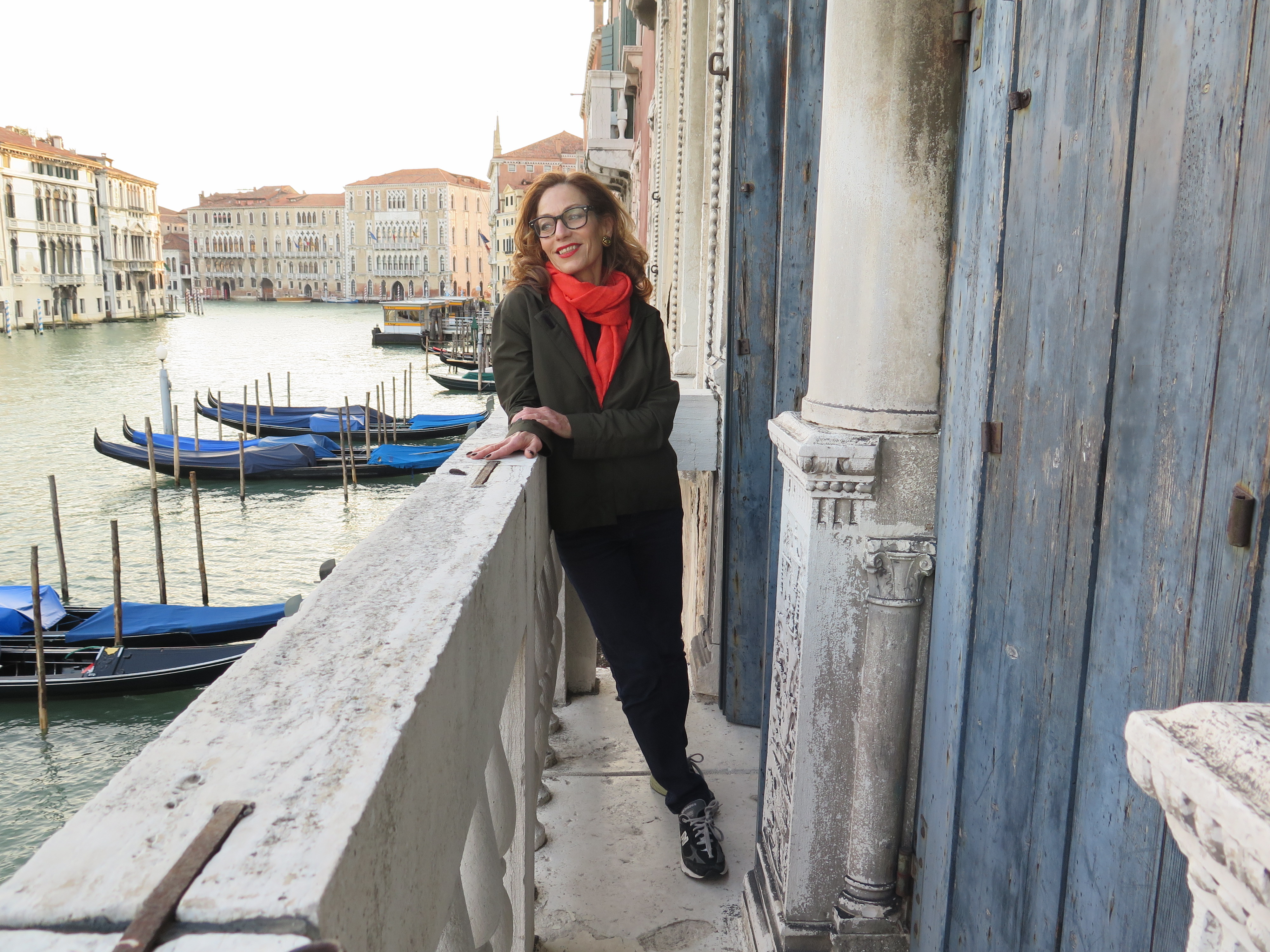
Born and raised in Miami, Florida. Judi Harvest lives and works in New York City and Venice, Italy. Harvest creates sculptures, paintings, videos and installations inspired by the fragility of life and the search for beauty. She believes there is no difference between art and life. Judi Harvest has had 15 solo exhibitions in Venice. From 1987-92 she lived and worked in Venice, Italy where she studied glass making in Murano. Concerned with the ecological issue of Colony Collapse, she became a beekeeper in 2006. Judi Harvest has work in the permanent collection of IVAM, Institut Valencià d'Art Modern, Valencia, Spain. She has created three glass-based public artworks in Venice: Fragmented Peace, 2003, installed at the Vallaresso vaporetto stop, Luna Piena / Full Moon, 2005 and Venetian Satellite, 2006, first shown at the Caffè Florian in Piazza San Marco and currently on view in New York in the lobby of the West Chelsea Arts Building.
Quentin Garel was born in 1975 in Paris, where he currently lives and works.
After finishing his degree at the Advanced National School of Fine Arts of Paris, a scholarship at the Art Institute of Chicago and a two year stay at the Velasquez House in Madrid (a branch of the French Academy for a further degree), he now works in Paris with commissions of great prestige and his talent is internationally recognised. His most recent solo exhibitions are Le Magicien d’Os: Sculptures par Quentin Garel, Musée National d’Histoire Naturelle, Paris 2016, and Bestiary, Bertrand Delacroix Gallery, New York 2014. An installation of three great sculptures, commissioned by the Region, was inaugurated in the Park Chemin de L'Isle, just outside of Paris, in October 2005.


Fondation Valmont - Patron for Art and Beauty - is the fourth pillar of the Valmont Group dedicated to contemporary art. Fondation Valmont aims to raise awareness and interest for artistic creation, to extend the experience of art and beauty to a large audience and to support emerging artists. For this purpose, Fondation Valmont organizes and supports every year several exhibitions in places of major cultural interest such as Venice, the island of Hydra in Greece, Hong Kong, New York, Tokyo, Berlin and Barcelona. Didier Guillon, President and Artistic Director of the Valmont Group, invites the artists to develop their works in connection with a specific topic and to find new ways to open contemporary art to a wide public of any ages. The Dialogue of Fire. Ceramic and glass masters from Barcelona to Venice, Collateral Evento Collaterale of the 56° Esposizione Internazionale d’Arte – La Biennale di Venezia (2015), and El Cuor No Se Vende, at the Museum of the Historical Archive in Hydra (2016) are the main initiatives the Foundation has supported so far.
